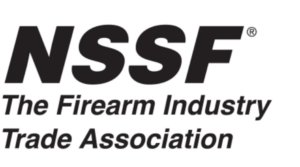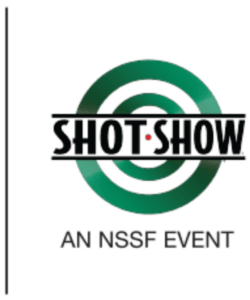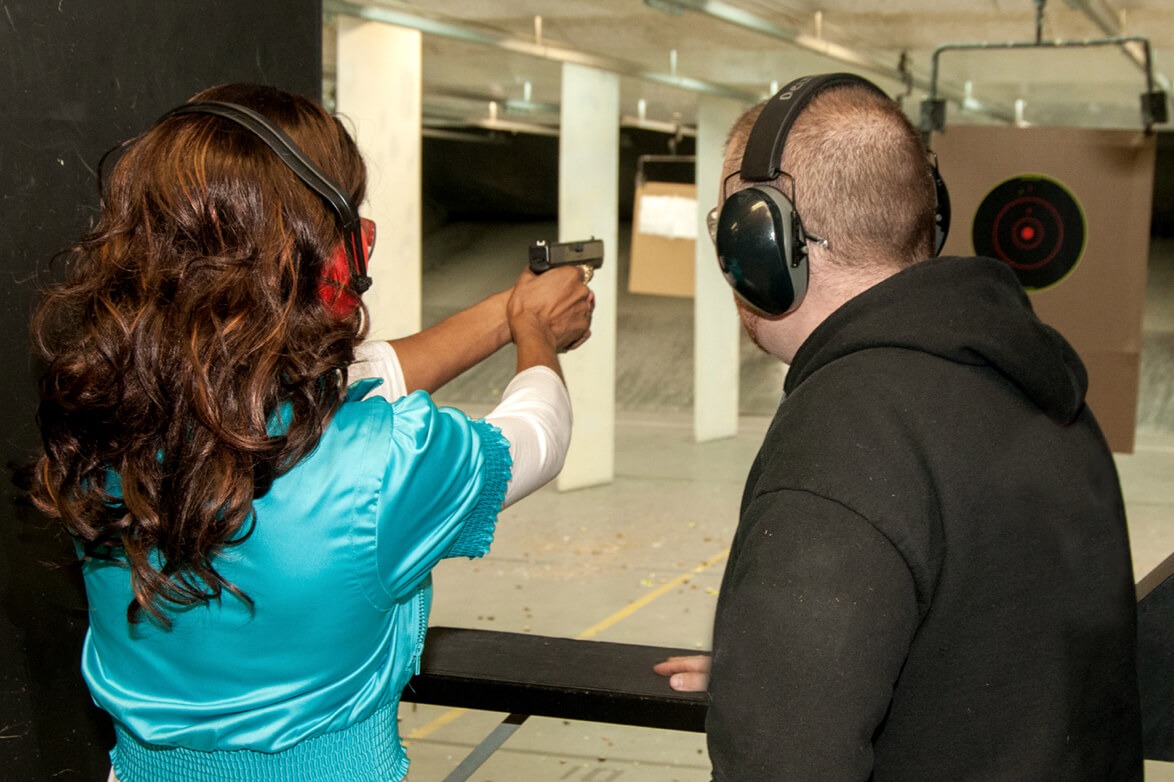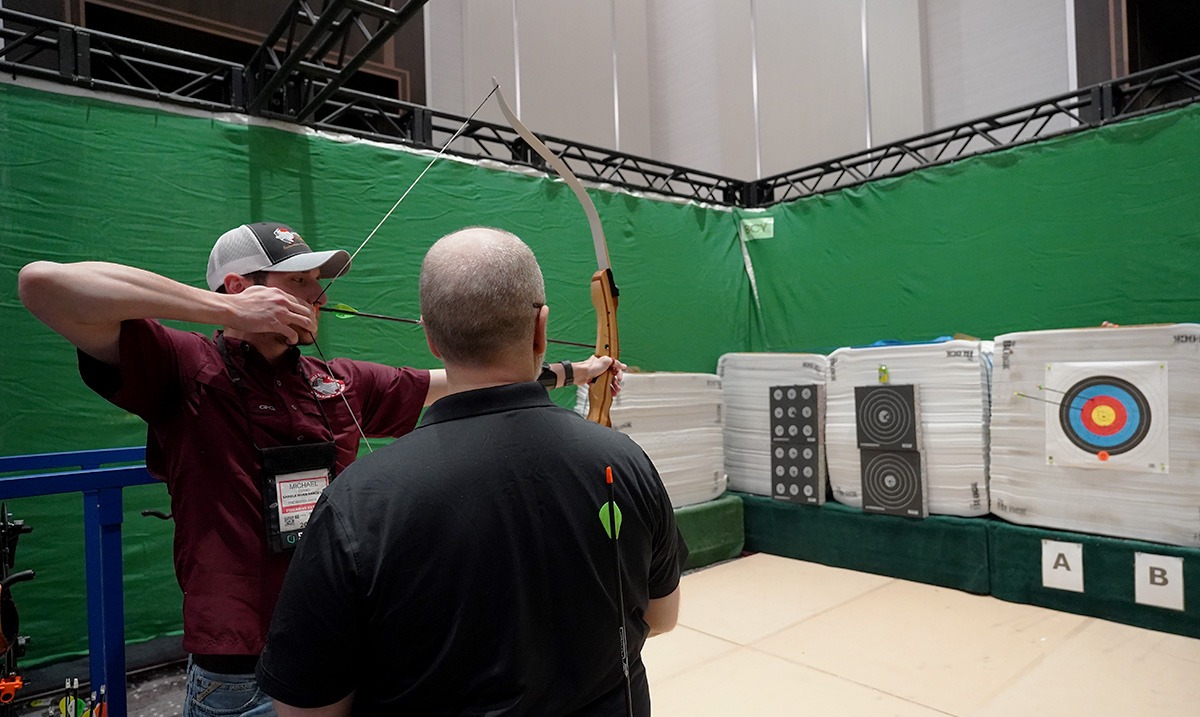 Back to News
Back to News
February 14, 2018
Insights to Curriculum Development: Building a Basic Pistol Course
In previous articles, I’ve explained the importance of training offerings that support your niche market as a firearms range. I’ve also discussed the immeasurable benefits to creating a level of excitement in every class. In this article, I want to provide insight and guidance to creating a basic pistol class that delivers all the elements to be successful and support above-average growth to your training program.
The lesson plan is a critical necessity to the success of any course you teach. It is the foundation by which you establish a standard to your classes. The lesson plan ensures that a consistent message is delivered to the student regardless who teaches the class, and it includes the standards, objectives, equipment, the delivery and the measure of success of all class content. A well-formed lesson plan also has great value from a liability aspect, especially if someone is injured during training or, perhaps a student acts in a certain way outside your classroom and claims you taught them to act in that manner. In such cases, your lesson plan will allow you to represent to authorities or the courts exactly what was taught and to what standard.
The Format
Lesson plans are often thought of as recipes or roadmaps, and structure and organization are critical. The format of your lesson plan should be detailed, organized and easy to follow. Sections of the plan should include the course title and number if applicable, course length, any revision date, unit objectives, staffing requirements, facility requirements, instructional aids, special instructor notes and the unit presentation description. A section entitled “Justification,” a narrative as to why the course is important or relevant to the development of the student, should also be included.
The Foundation
Before you can begin writing the lesson plan, you must analyze your objective for the course. This should take into consideration the capabilities of the instructor, facility and the amount of time necessary to teach to the successful accomplishment of the objective. The plan must also include the ways in which the instructor will consistently check the students’ understanding of the material being delivered.
Student Considerations
 The student skills necessary to accomplish the objective need to be considered and prioritized. This is also the point at which that “excitement factor” needs to be established. As an example, in my Basic Pistol Class, we guarantee each student will be able to shoot a 10-shot, one-inch group from 15 feet by the end of class. We do not tell the students this prior to class. We first introduce the idea to them in the classroom, but on the range we are able to get them to prove it. Of course, the actual range work is a detailed process that is probably best served in a separate article, but the point is that you will not believe the excitement this creates in a student when they look at the group they shot in our basic class.
The student skills necessary to accomplish the objective need to be considered and prioritized. This is also the point at which that “excitement factor” needs to be established. As an example, in my Basic Pistol Class, we guarantee each student will be able to shoot a 10-shot, one-inch group from 15 feet by the end of class. We do not tell the students this prior to class. We first introduce the idea to them in the classroom, but on the range we are able to get them to prove it. Of course, the actual range work is a detailed process that is probably best served in a separate article, but the point is that you will not believe the excitement this creates in a student when they look at the group they shot in our basic class.
The test I use to gauge excitement level is simple. I ask all my instructors in our Basics class to observe how many students leave the range with their targets in hand. If eight out of 10 students don’t leave with a target they can’t wait to show off to their family or friends, then the instructor failed to create the excitement.
Unit Presentation
After you have established the objective, the excitement factor and the standards of the intended class, the next step is to build the “unit presentation.” This is the real meat of the overall lesson plan and will also be the plan’s largest and most comprehensive component. I use a numerical/alphabetical method of organizing my lesson plans (see photo).
The unit presentation is a list of the instructional activities used during the lesson and describing how the course’s tasks will be accomplished. The actual information presented, therefore, is the presentation’s “content.” The instructor will follow this content and explain to the students what they want them to do. Properly creating the unit presentation and content allows your instructors to model the expected behaviors. Modeling methods can include direct instruction, inquiry, information-processing strategies or cooperative-learning strategies. It is in this section that the assessment of student learning is explained to ensure each student is evaluated the same way, regardless of the instructor.
The Reflection
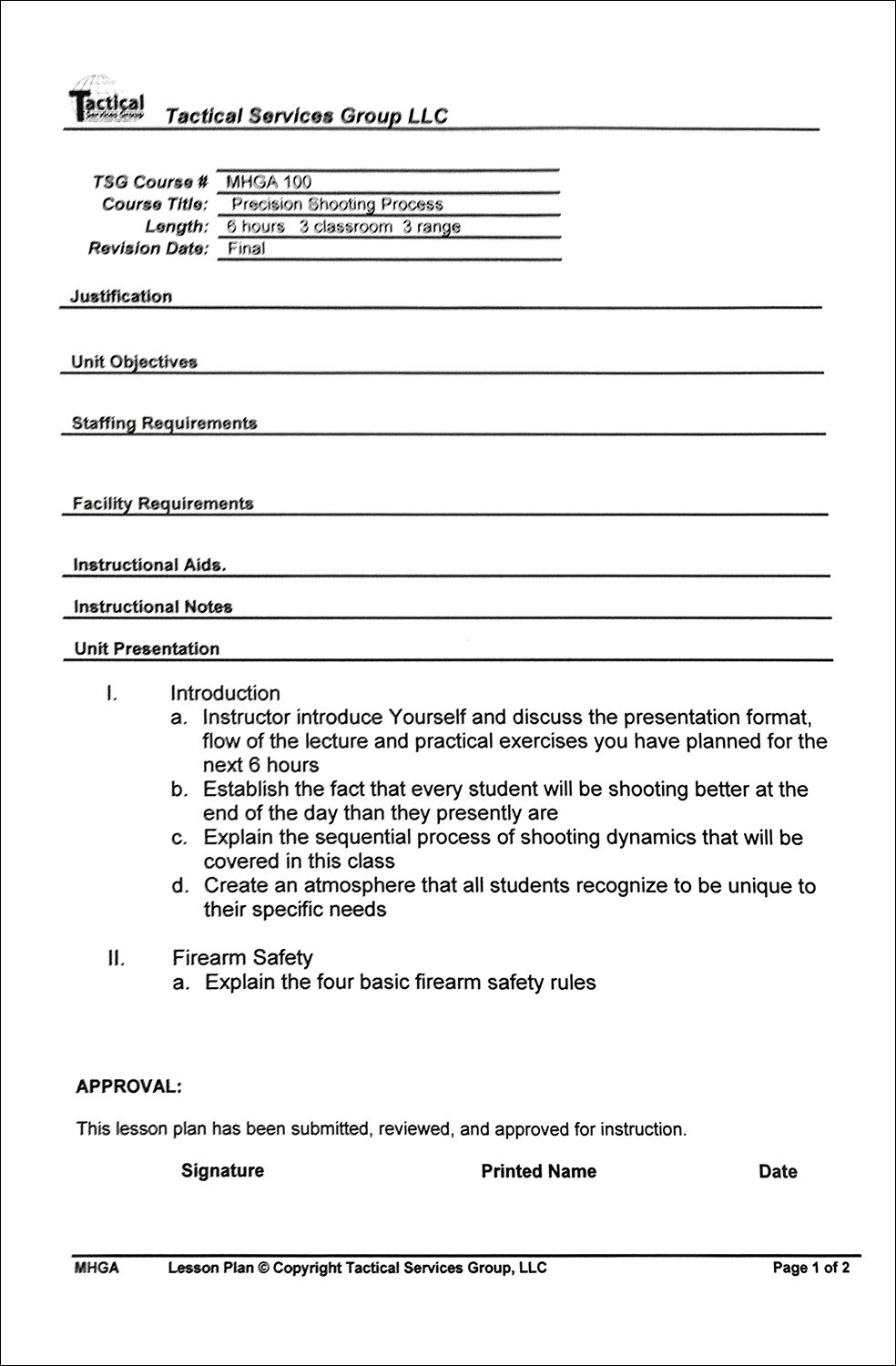 Your lesson plan must include a way for it to be evaluated. When I introduce a new lesson plan to my instructors, we treat the course as a beta offering for three complete class sessions. By the fourth presentation, changes to the curriculum can be made only via a team review.
Your lesson plan must include a way for it to be evaluated. When I introduce a new lesson plan to my instructors, we treat the course as a beta offering for three complete class sessions. By the fourth presentation, changes to the curriculum can be made only via a team review.
During our reflection of our new presentations, we make note of the lesson plan’s perceived successes and failures. Did the students need more time than anticipated for a specific activity? Did the students really love an in-class activity we tried? Remembering the everyday details of how well a lesson went is difficult, so take the time soon after as class has been completed to reflect on how you can improve future lessons.
The effort put into building a comprehensive training program, particularly the lesson plan, is well worth your time and energy. The lesson plan is the foundation to your program’s success. Every client I have who has a robust and thriving training program has well-thought-out and stringently followed lesson plans supporting their instructors.
I’ll be examining more about firearms training programs in future articles, as well as other topics that affect today’s firearms ranges. In my next column, I’ll take up the process of delivering the class and selling inventory at the same time. Until then, and should you have any questions about your range, visit www.nssf.org and click on the “Ranges” heading at the top of the page. There you’ll find a number of resources, including information on NSSF’s Range Action Specialist Team, its Star-Rating Range Program and more.
You may also be interested in: Curriculum Development — Get in the Niche of Things
Categories: BP Item, Featured, Ranges, Top Stories
